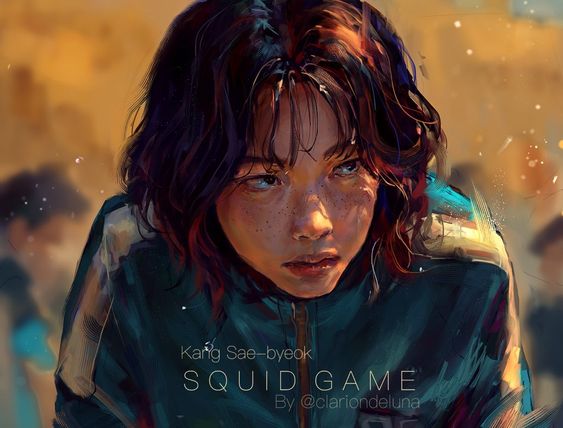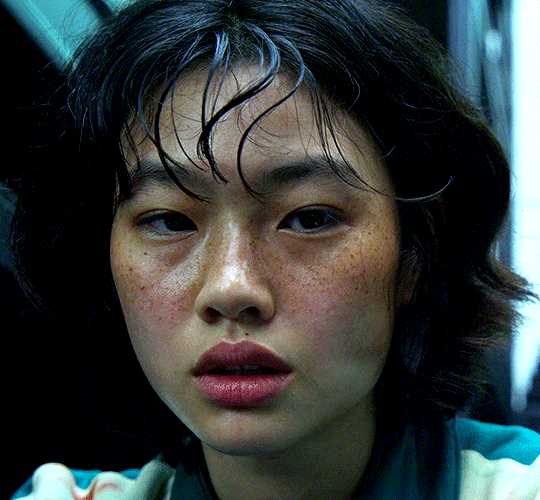SHORT ESSAY
The ‘it’ girl main character trope has indeed taken over TV series and film culture to a great extent, in what likely amounts to producers’ paying performative lip service to the otherwise fully legitimate critiques of feminist activists. The tired cliché of a female character whose entire development and story arc is defined as a function of her relationship to a man has been replaced by another trope which is soon become just as tired of a cliché.
However, a few shows have managed to get female protagonist representation right. For instance, the Netflix original Sex Education has widely been hailed as one of the few shows which successfully depicts an authentic female experience on screen. Its moving cast of characters, its well-written dialogue, and its balanced approach to racial, ethnic, sexual, and socio-economic diversity have brought it great praise as one of the only series to get representation right. Understanding the ‘it’ girl trope in recent series, its impact, and its influence, could be served well by a comparative analysis of one case where it does not come off as a cliché with one where it does. The trauma of female protagonists can be used by a writers’ room as an outmoded vehicle for hollow character development, but it seems that it can also be used fruitfully.
In Sex Education, Maeve Wiley is one of the show’s protagonists and strongest female figures. Throughout the four-season run, she acts as Otis Milburn’s partner in their sex clinic, she goes through an abortion by herself, and is serially lied to and betrayed by several characters. The unexpected partnership between her and Aimee plays out as a genuine and heartfelt depiction of female friendship, especially as they navigate difficult topics, thereby providing an authentic view of a female perspective on important contemporary issues: from sexual assault to abortion, from victim blaming to coping with male aggression. This is a fresh view, embedded in a series of strong narrative arcs that together provide new and inspiring female leads. Maeve is a wonderful update of the high school outcast-meets-literary-mind trope, placed in a fresh 21st -century political setting. She stands out as a character, and not as a function of her relationship to some male character. Her story arcs are naturally mixed with those of male protagonists, but she has her own separate narrative arcs that flesh her out as a character on her own terms.
An additional example we might consider in the same vein as Maeve is Amy, beloved member of the sitcom Superstore, well-praised for getting representation right – gender-wise and otherwise, across a multiplicity of identities – but unfortunately too-little-known. Amy reveals another facet of the ‘it’ girl trope, where the female lead takes the role of a single mother. In most cases, the cliché plays out as familiar: a working mother with professional ambitions is always portrayed as desperately juggling between her personal life and her career, emerging ultimately as an unexpected hero in spite of hardship. In Superstore, however, Amy is portrayed as negotiating with herself and with her context on balanced and relatable terms, figuring out little by little how to balance her work life and her home. Every crisis is a teachable moment, every difficult situation is something to be handled with attention to detail and care. Amy sometimes makes the wrong decisions, but we never see her as a desperate woman in distress and we never see her portrayed as an ‘unlikely female hero,’ as the trope goes. Her struggles are depicted with a rare eye for realism, making her into a female protagonist for the 21 st century, one which stands on her own terms and whose identity is fleshed out attentively, realistically.
By contrast, the character of Kang Sae-byeok in the recent hit drama Squid Game represents the complete opposite of characters like Maeve. She stands in for the tomboy trope – a male-gaze representation of a strong female character, whose strength comes from two clichéd places: the first is holding stereotypically male characteristics, such as physical prowess and drive to provide for one’s family (in this case, her younger brother, who is in an orphanage); the second is the fact that her entire character arc is predicated along her opposition to another cliché character, the rude, strong, misogynistic and sexist goon. Kang Sae-byeok’s otherwise compelling acting and moving story are unfortunately plagued by the ‘it’ girl clichés of past decades. The writer’s room did not succeed in creating a female protagonist for the 21 st century, opting instead for creating a character which appears as derivative filler, gerrymandered from characteristics of a strong female character associated with the male gaze.
It is particularly telling to see the contrast between a successful and an unsuccessful representation of female protagonists in or around the same historical time. This shows that not all screenwriters have succeeded in updating their perspectives and writerly chops to authentically reflect the female experience. One can only hope that more shows follow the example set by Sex Education in incorporating diverse and genuine perspectives in their story arcs, separating themselves from the clichés of the past. Even though, admittedly, relying on clichés might be more expedient when writing a lot of material, it is time to make authentic representation just as natural and as expedient now as the sexist clichés of the past have been for decades.


